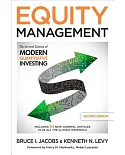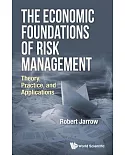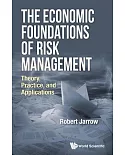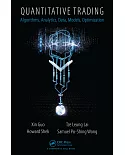The premise of this book is the need for effective management of credit risk in banking. But its cause derives from recurrent credit-induced financial crises around the world which left bitter
lessons of experience. We have seen significant changes in the structure, lending practices, and risk-taking appetite of banks in the aftermath of the 2008 global financial crisis. There have
been important changes in the regulatory framework. In the wake of the changes, the banks reorganized, reinvented strategies, strengthened operations, and elevated IT and human resources. The
banks have also evolved management outlook that is more business-driven, and geared towards returning optimum value to the shareholders. Unfortunately, the types and value of business risks
which the banks continue to take remain a worrisome problem for stakeholders in the industry. Reckless lending and excessive risk-taking characterize credit decisions still. Thus, there is need
to energize the credit process, with a view to devising appropriate risk-mitigating measures. The foregoing informed the comprehensive review and updating of the book in this edition. The
review and update underscore the fact that the question of credit risk is yet about the hottest issue in banking today. This implies that while a bank cannot do without lending, it must devise
effective means to manage credit risk. But individuals and organizations that borrow money from banks should also appreciate the chance they take in doing so. Credit risk management is of
immense concern to both parties. “Analysing and managing risks of bank lending” addresses this concern and establishes the need for a fit between borrowing and lending needs. The book –
•answers critical bank lending and borrowing questions that are of interest to bankers and the public •explains how banks should analyse and manage lending risks in highly volatile business
environments to mitigate loan losses •demonstrates how bank customers (i.e. borrowers) that need credit facilities should apply for loans and what borrowers must do in order to satisfy lending
criteria of banks •describes and shows what bank customers should know about how banks are likely to appraise, decline, or approve and manage their borrowing requests •gives insight into how
practical lessons support, complement, or inform theoretical knowledge of bank lending This edition is comprehensively revised, reworked, and transformed – with changed focus, expanded scope
and content, and realigned appeal. It covers the curricula for academic and professional bank lending courses. Thus, the book remains a handbook of credit risk management for bankers, a course
text for students of banking and finance, and a reference book for the public. A one-page overview introduces the subject of a chapter and leads to the chapter’s learning focus and outcomes.
The author adopted a simple approach to complex topics, enhanced by succinct summaries and review questions. With clear references, and detailed end notes, the book is devoid of confusing
connotations. The book is simple enough to understand and apply in dealing with the problems at issue in bank lending and credit risk management.





















